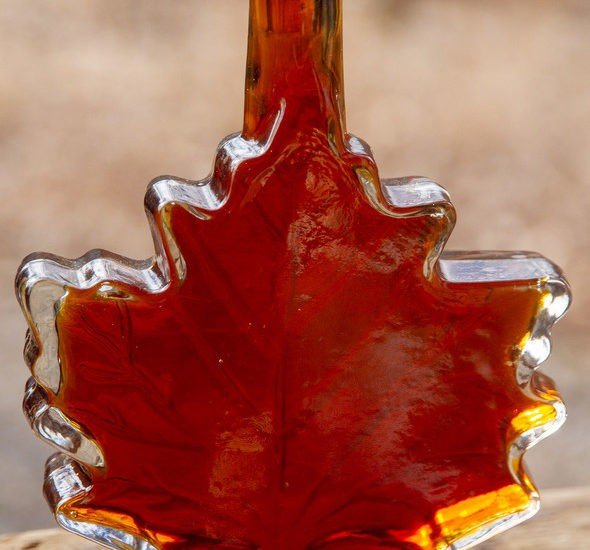
Photo by Brad McKee, Missouri Department of Conservation
Kansas City, Mo. – This summer was difficult for Missouri cattle producers. Drought withered pastures, prompting producers to sell cattle early or feed hay that would normally be used in winter. Farmers with access to native grass grazing pastures fared better. With their deep root systems, native warm-season prairie grasses are drought tolerant. They’re also nutritious and can boost profitable weight gains in cattle during normal growing seasons, too.
The Missouri Department of Conservation (MDC) can offer guidance to producers wishing to convert some cool-season grass grazing pasture acres to warm-season grasses. Native grass productivity is especially obvious during a dry summer.
Low rainfall coupled with higher than normal temperatures made this summer the worst drought-stifled growing season for Missouri since 2012, confirmed Pat Guinan, state climatologist based at the University of Missouri at Columbia. But some pockets, especially in north Missouri, experienced drought worse than 2012.
By the end of July, the Missouri Agricultural Statistics Service reported topsoil moisture in 75 percent of the state in short to very short condition. Subsoil moisture was 78 percent short to very short. Pasture conditions were reported at 69 percent poor to very poor condition. Most hay and other roughages being grown for winter cattle feed were short to very short. Stock water supplies were short in some areas. MDC offered producers a chance to haul water from some lakes on conservation areas.
Problems started early in the growing season. Prolonged cold and a dry transition from winter to spring was followed by a quick warm-up to unseasonably warm temperatures in early May. Cool-season pastures did not produce well as summer progressed. Many producers were feeding their winter hay supply by late June.
However, cattle grazed by permittee farmers on seven MDC areas in southwest Missouri gained an average of 1.7 pounds per day feeding on green, healthy, native grasses, said Max Alleger, MDC grassland coordinator. That weight gain also tops the one pound per day many producers are satisfied with during summers with sufficient rainfall for cool-season grasses. But this summer, cool-season grasses withered and many producers without native forages were forced to buy hay at speculation prices.
Converting 25 to 33 percent of forage pasturage to native warm-season grasses is ideal for a grazing rotation that also includes cool-season grasses, said Brent Vandeloecht, MDC agriculture liaison. But an alternative for producers is to convert a small pasture, 10 to 20 acres, to native prairie grasses and forbs. That provides additional forage in summer without a major investment. New technology combined with annual crop rotations enables producers to utilize annual plant forage the same season native grasses are planted. Warm-season grasses can mature into a grazing-worthy stand in two years.
Keeping a quarter to a third of pasture acres in native warm-season forages is part of a good drought mitigation strategy, Alleger said. But native forage is also a way to increase cattle weight gains and profits regardless of weather. Plus, native grasses provide good wildlife habitat.
Producers can contact their local MDC private land conservationists to learn more about establishing native forages. For more information, visit https://short.mdc.mo.gov/Zp3. For all MDC private land services, visit https://mdc.mo.gov/property.

